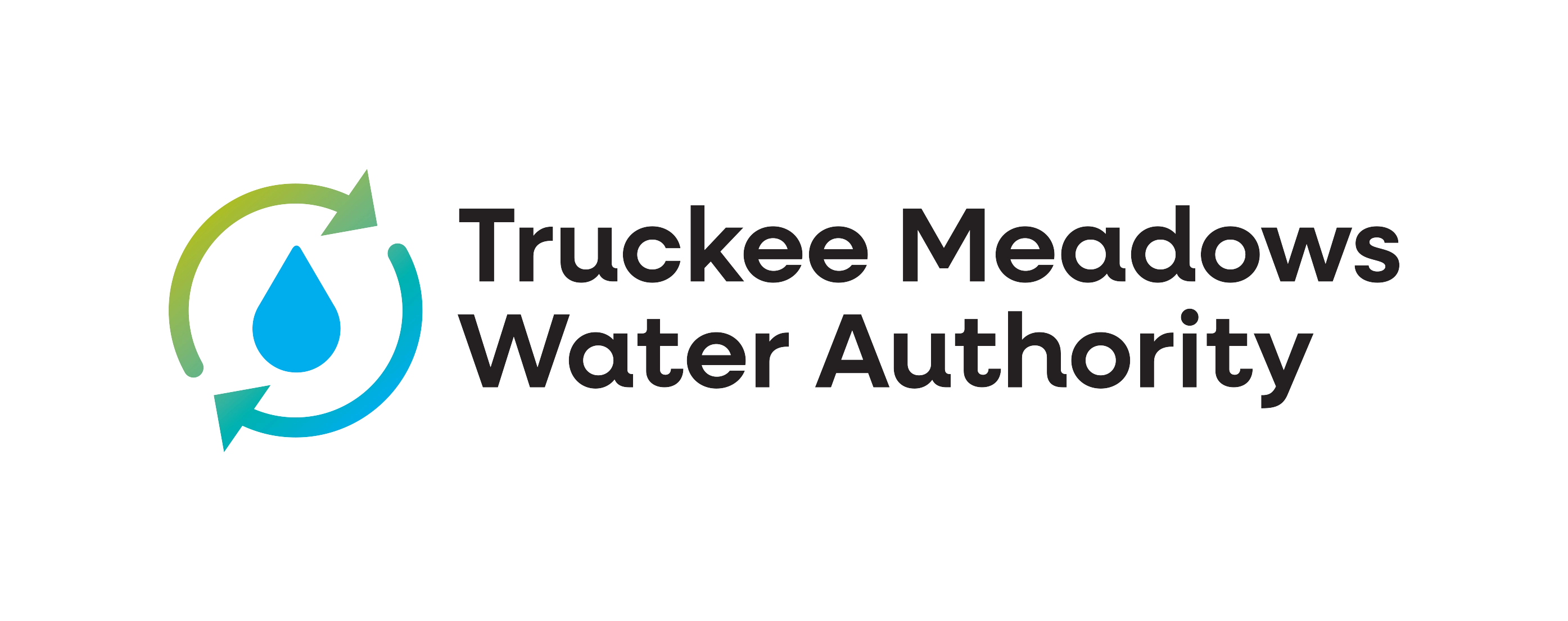This information is intended to serve as a general informational resource. All building owners and operators should develop and implement a water management program tailored to the specifics for each individual onsite water system.
Truckee Meadows Water Authority delivers high quality water to your home or business every day. Our treatment process, along with disinfection, ensures that the water in our distribution system meets all standards and is 100% safe. With that said, our water is disinfected, not sterile. With buildings shut down or infrequently used, water may not be circulating through plumbing systems and could become stagnant. When water sits in pipes, water heaters, and storage tanks, the chlorine gradually dissipates. Without that chlorine residual in the building’s water systems, microorganisms can grow, causing water quality problems. Some pathogenic microorganisms, notably Legionella, can proliferate inside of a building’s water system and cause serious disease. In addition, the protective film on the inside of the pipes can erode, leading to dissolution of metal pipes. Fortunately, water quality can be improved with proper cleaning and flushing of the entire plumbing system when a building or facility is returned to service after any prolonged closure.
As building re-openings occur, business owners, operators and facility managers should take precautions to ensure water is safe and tastes good. This information provides guidance and best practices for flushing plumbing systems in buildings that have been closed or infrequently used as a result of the COVID-19 pandemic. It includes information and recommendations from the federal Centers for Disease Control and Prevention and the American Water Works Association, as well as the Environmental Protection Agency.
Flush your water system before you open
This is especially important for schools, gyms, hotels, factories, and other facilities that have complicated onsite water systems. Thoroughly flushing all onsite water plumbing systems in every building where water has been sparsely used or stagnant is important, as flushing replaces stagnant water with fresh, high-quality water from the TMWA distribution system. Systems should be flushed into the sanitary sewer system, avoiding discharge into parking lots, streets and gutters to prevent water waste.
Both the hot and cold plumbing systems within the buildings should be flushed by opening valves, faucets, and outlets at all points of use. Points of use within a building may include:
- Kitchen and breakroom faucets used for drinking water or food preparation
- Drinking fountains and water bottle dispensers
- Bathroom sinks and showers
- Ice machines and refrigerators with ice makers
- Water features that generate aerosols (fountains, spas, etc.)
- Faucets and fixtures accessible to the public, including children, elderly and immunocompromised individuals
Building operators should also cycle dishwashers and flush all toilets and urinals.
Flushing may need to occur in segments based on facility size, plumbing configurations and water pressure.
Some onsite water plumbing systems contain numerous areas where water is stored; these systems should be drained and flushed with fresh cold water. These areas include, but are not limited to:
- Cooling towers
- Humidifiers
- Hot water storage (some buildings have more than one type of heating system and hot water storage)
- Hot water recirculating loops
A single flush may not return all building water systems back to normal operation and a high level of water quality. Some buildings may require an initial flush to eliminate stagnant water and contaminants as well as subsequent flushes to circulate high-quality water from the municipal distribution system until normal water use resumes.
Water treatment and filtration systems
Properties with separate water treatment systems may need those systems serviced in accordance with manufacturer recommendations. Always consult and follow manufacturer guidelines for disinfecting a building’s water treatment systems.
Water management programs
It is generally recommended that building owners and operators develop and implement a water management program for onsite water systems, appliances and water-related devices like filtration systems.
Guidance is available from the Centers for Disease Control and Prevention Water Management Program Toolkit. This toolkit is designed to increase understanding about how to develop and implement an effective water management program.
Additional resources:
- Centers for Disease Control and Prevention Guidance for Building Water Systems (Coronavirus Disease 2019)
- American Water Works Association Resource Tools/Resource Topics Coronavirus
- Environmental Protection Agency: Information on Maintaining or Restoring Water Quality in Buildings with Low or No Use
If you have questions about the water quality in your home or business call the TMWA Water Quality Department at (775) 834-8118.
